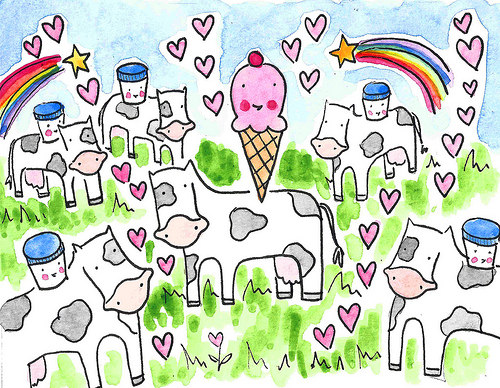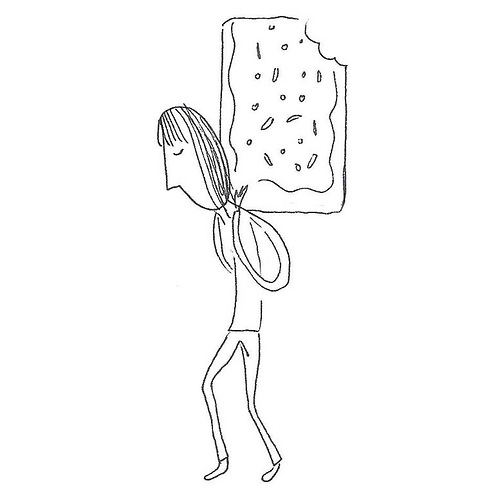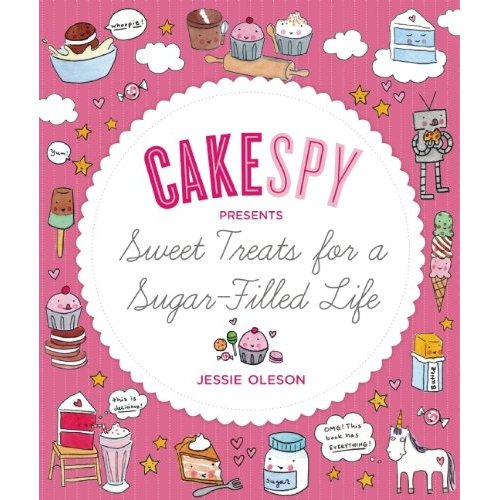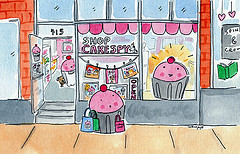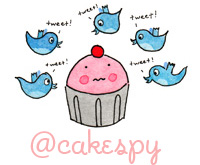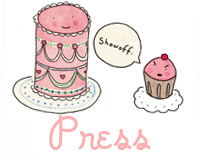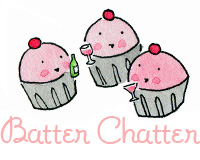What a Fruitcake: The Story of a Holiday Icon
 Thursday, December 6, 2007
Thursday, December 6, 2007
Fruitcakes are kind of like Yoda: tiny, full of substance, and totally heavy.
However, unlike Yoda, the poor fruitcake is a much lauded rather than beloved icon of pop culture. But why? After all, it has the ingredients for greatness: sugar, fruit, sugar, nuts, sugar. So what gives? Lucky for you, we've taken the time to not only find out more about this holiday treat, but to taste it and give our educated opinion as well. As it turns out, fruitcakes have a rather-er, rich history, the earliest ones dating back to Roman times, when a dense mixture of nuts, barley mash and various preserved fruits served as long-term sustenance that did not spoil quickly--perfect for crusaders and hunters out on long voyages. When the dried fruits of the Mediterranean traveled to other parts of Europe, the cake evolved into a tradition during nut harvests: each year, a fruitcake would be made with While it's pretty clear that the fruitcake is rich in tradition, we did not fail to notice that there weren't many stories of it being beloved for its actual taste. In fact there is even evidence to the contrary: Queen Victoria is said to have waited a year to eat a fruitcake she received for her birthday because she felt it showed restraint, moderation and good taste. (Source: What's Cooking America). Hmm, or perhaps it just wasn't yummy? Although we didn't trace a single incident that brought the cake to America (although we think that it probably had something to do with how well it traveled), we were able to cement the moment it secured its place in culture: in 1913, fruitcake became available for mail order in the USA. And really, it's the ideal type of cake to send: it keeps well, is impervious to most jostling, and stays fresh. In fact, the only drawback would be its weight. The most famous joke about fruitcakes is attributed to Johnny Carson, who joked that there was really only one fruitcake in the world, which was passed from family to family. Although clearly fruitcakes were a lauded item before this point, this seems to be the moment that cemented its status as a ridiculed dessert. But really, is that all? The Cakespy crew felt unsatisfied; had we really discovered the secret of the fruitcake? Not yet. So to complete our mission, we invested in one ($12) by Trappist Abbey, a monastery that has been making fruitcakes in Oregon (hey, they say fact is stranger than fiction) for years. The tiny box (approx. The size of a large grapefuit) weighed a pound, and listed its contents as containing 16 servings; this was an incredibly dense little morsel. As for the taste? Not bad. Head Spy Jessie had never actually tried fruitcake before (!) and so found it to be dense, but pleasing. Mr. Cakespy Danny found it to be amongst the better fruitcakes he'd tried. Both plates were cleaned. But then something funny happened. No, the cake hadn't been bad. But unlike when there might be say, a chocolate layer cake in the house, there were no idle nibblings at the fruitcake. In fact, even when the house was devoid of all other sugary snacks, the fruitcake sat alone, uneaten. Even a full week later, not another crumb has been touched; and somehow, we feel that it won't be. So then...what is it about the fruitcake? Is it too dense? Is it the fact that it is just too sweet...while at the same time as tasting vaguely healthy? Or is it just that in modern times, crusades aside, gingerbread men and yule logs are just too good to pass up in lieu of this traditional, overlooked little fruit-studded gem of history? We may have to wait longer to find out the secret of the fruitcake; luckily, we think they'll last through it. Interested in the Trappist Abbey Fruitcake? Check them out online at trappistabbey.org. This post would not have been possible without the reference of What's Cooking America, Wikipedia, and Hungry Monster. In the early 18th century, fruitcake (called plum cakes) was outlawed entirely throughout Continental Europe. These cakes were considered as "sinfully rich." By the end of the 18th century there were laws restricting the use of plum cake. Source: What's Cooking America. It was the custom in England for unmarried wedding guests to put a slice of cake, traditionally a dark fruitcake, under their pillow at night so they will dream of the person they will marry. Source: What's Cooking America.
the nuts of the harvest, which would be then saved and eaten the following year, to kick of the next harvest. Unfortunately the popularity dwindled a bit when fruitcakes were deemed "sinfully rich" by the government in the early 18th century in Europe, and they were relegated to a special-occasion only cake (this is how it became associated with holidays); luckily, these laws became a little more lax later on in the century, and it became a staple of high tea in England.
Bonus: Fruitcake Trivia!
Some well-known American bakers of fruitcake include the Collin Street Bakery in Corsicana, Texas, and the Claxton Bakery in Claxton, Georgia. Both Collin Street and Claxton are southern companies with access to cheap nuts, for which the expression "nutty as a fruitcake" was derived in 1935. Commercial fruitcakes are often sold from catalogs by charities as a fundraiser. Source: Wikipedia.
 cake history,
cake history,  fruitcake,
fruitcake,  holidays
holidays 








